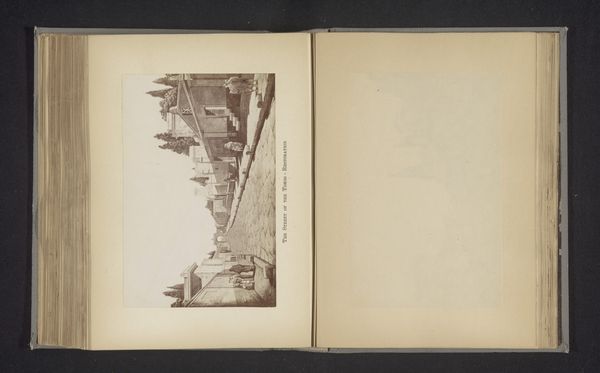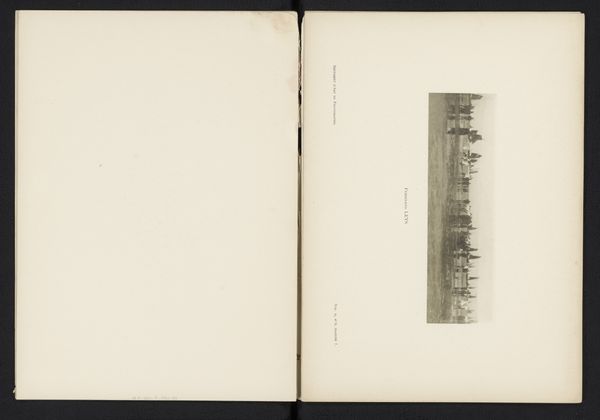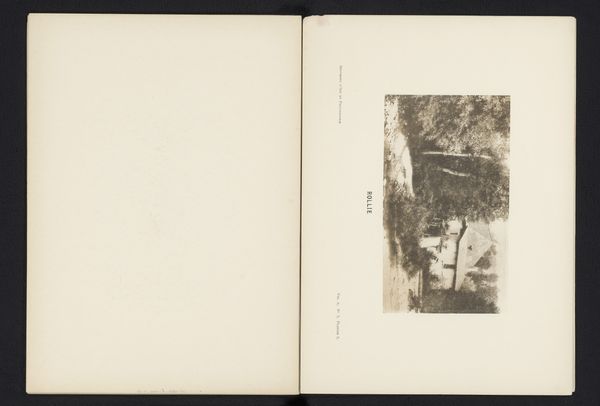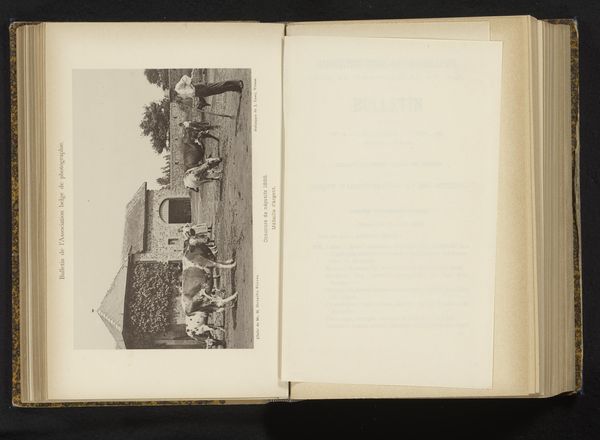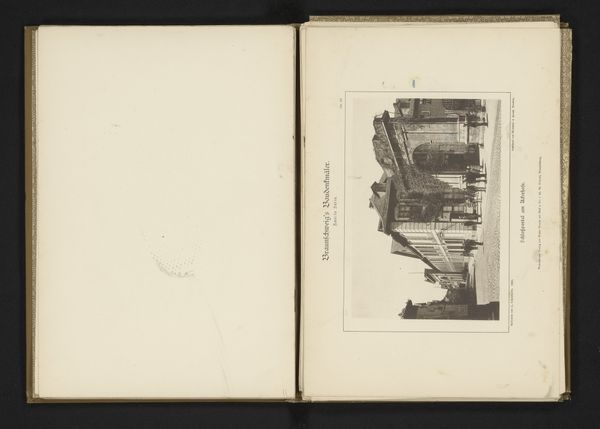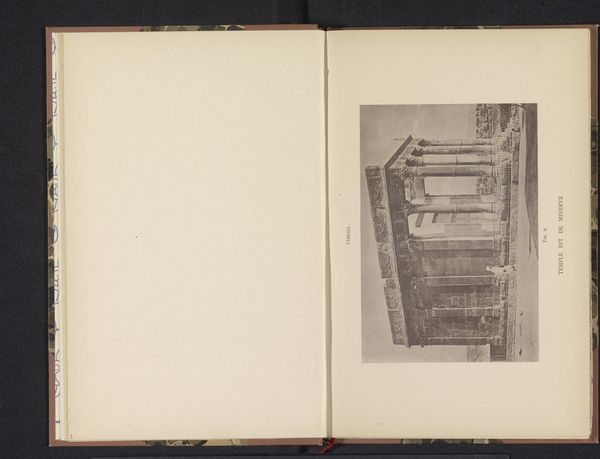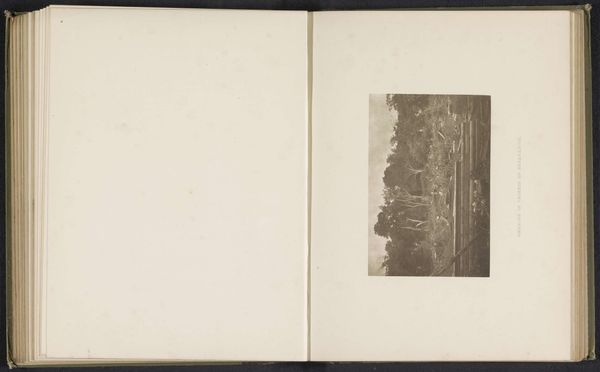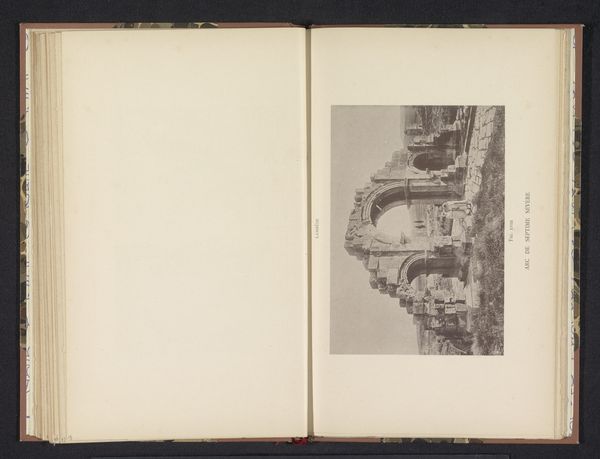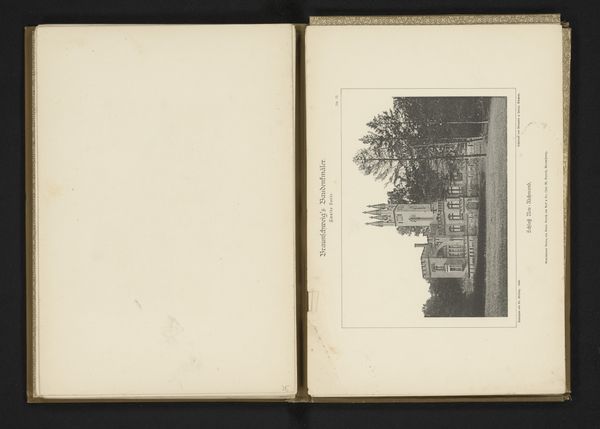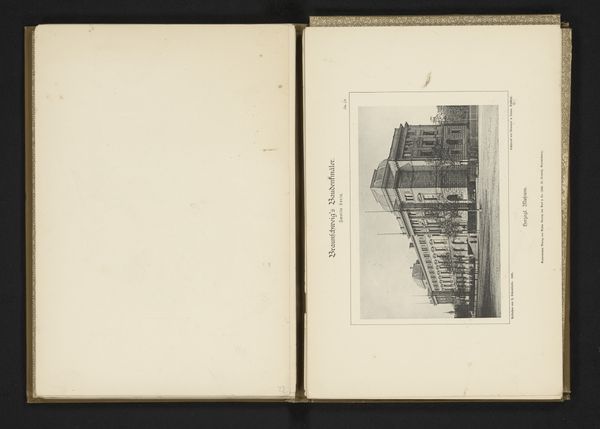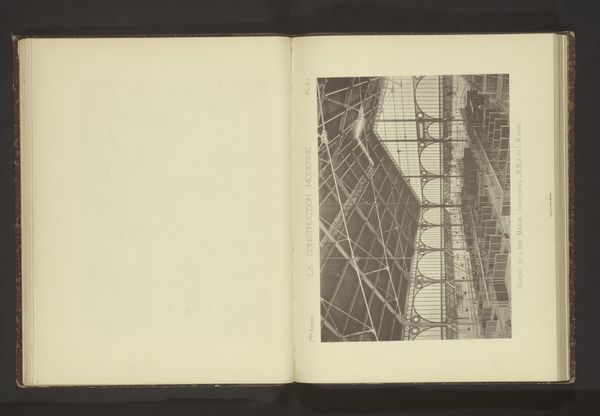
print, paper, photography, collotype
#
still-life-photography
# print
#
paper
#
photography
#
collotype
#
paper medium
Dimensions: height 112 mm, width 225 mm
Copyright: Rijks Museum: Open Domain
Editor: Here we have "Bos," a collotype print on paper before 1900 by P. Lecyloë. There's a solemn feel to it, and I’m drawn to the photograph's tonality and textures. How would you interpret this piece from a historical perspective? Curator: That's a great observation. This collotype speaks to the evolving role of photography in art and documentation during the late 19th century. How was photography perceived then versus painting or sculpture? Editor: I imagine it was becoming more accessible, democratizing image-making, but maybe not yet fully accepted as "high art"? Curator: Exactly! Photography’s role was in flux, grappling with its relationship to objectivity and artistic expression. Publications using processes like collotype aimed to elevate photography, presenting it in formats typically reserved for established art forms. Editor: So, including the photograph in a print or book was part of asserting its value? What social factors might have pushed this forward? Curator: Absolutely. The growth of scientific documentation, exploration, and a broader interest in visual culture fuelled demand for accurate and reproducible imagery. Think of archaeological surveys, the burgeoning field of ethnography... Editor: Right, recording places and cultures far away. Almost a kind of colonial gaze then, potentially? Curator: Indeed. Photography often served colonial projects. This image likely circulated among specific audiences, perhaps academics or those with antiquarian interests. Who was controlling and consuming such images then is crucial to understanding the artwork today. Editor: That is a lot to take into consideration. Thank you. This makes me think more critically about how art and social power are intertwined. Curator: My pleasure. By questioning the historical and cultural forces shaping the artwork's creation and reception, we can appreciate its complex legacy.
Comments
No comments
Be the first to comment and join the conversation on the ultimate creative platform.
